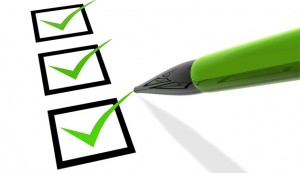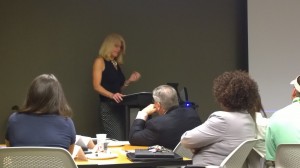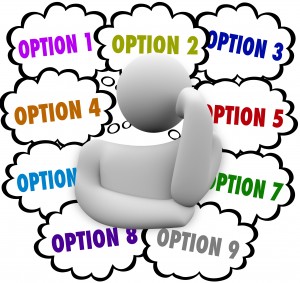 With an estimated 14,000 shows to choose from, picking the right shows for your trade show calendar can be a daunting task. However your exhibit strategy can help you narrow down the options, and prioritize and organize your trade show calendar.
With an estimated 14,000 shows to choose from, picking the right shows for your trade show calendar can be a daunting task. However your exhibit strategy can help you narrow down the options, and prioritize and organize your trade show calendar.
- Identify your target customers and the shows they attend. Work with your sales team to identify your product’s buyers, key decision makers and influencers. Another tip is to reach out to some of your best customers and ask which shows they attend.
- Consult industry listings. Trade Show Network News offers a comprehensive search tool that will help you organize your search by industry, number of attendees and location. The database includes show dates and links to show websites. Most show sites provide an overview of attendee demographics and purchasing authority. While on the show’s website, check its history. A good show will have a track record of drawing industry leaders and key influencers year after year.
- Keep an eye on the competition. Most shows provide a list of previous exhibitors. If a particular show is drawing your top competitors, it is likely because a high concentration of potential customers will also be attending. Missing the show could put you at a competitive disadvantage. Exhibiting in the same venue as competitors will also give your booth staff the opportunity to roam the exhibit hall and gather competitive intelligence. In addition to the exhibitor list, check the speaker roster for competitive companies.
- Creating profiles of product buyers and decision makers. Most shows provide detailed attendee demographics. You can examine data on the industries, titles and purchasing power of the show’s attendees.
- Use show timing to narrow down your options. If your product is affected by seasonality or other purchasing patterns, you can narrow show dates to those most closely aligned with your sales cycle. You can also align your trade show calendar to coincide with new product launches, product improvements or other newsworthy developments
- Consider regional vs. national shows. If your product as a regional or location-specific target, keep in mind that as a general rule of thumb, an estimated 40-60% of attendees come from a 200-mile radius of the show location. Regional or local shows are considerably less expensive and visibility is much higher. Competition is often intense at large national shows. On the other hand, some of our clients have found that regional shows give them the opportunity to be the only exhibitor representing their field.
- Even after going through the above steps, some companies still find they have more trade show options than they do budget. The following tips will help you further narrow down the options and finalize your trade show calendar.
- Look for opportunities to extend visibility. Selecting events with pre-during-and-post show marketing opportunities will extend your visibility and presence beyond your both. Sponsorships provide branding and lead generation opportunities which can be tailored to fit almost any budget.
- Select show and venues with lead retrieval services. If you do not have your own lead retrieval devices, make sure the event offers options for lead capture. Published reports show that up to 70% of sales leads captured at an event are not followed up on by a sales person. This is mainly due to an ineffective lead management process, before, during and after the event. An automated lead retrieval system will enable you calculate ROI for the event, update your CRM system, and most importantly, close more sales.
If you need a customized solution, we would be happy to help you. Contact Barbara Stroup for a free consultation.



